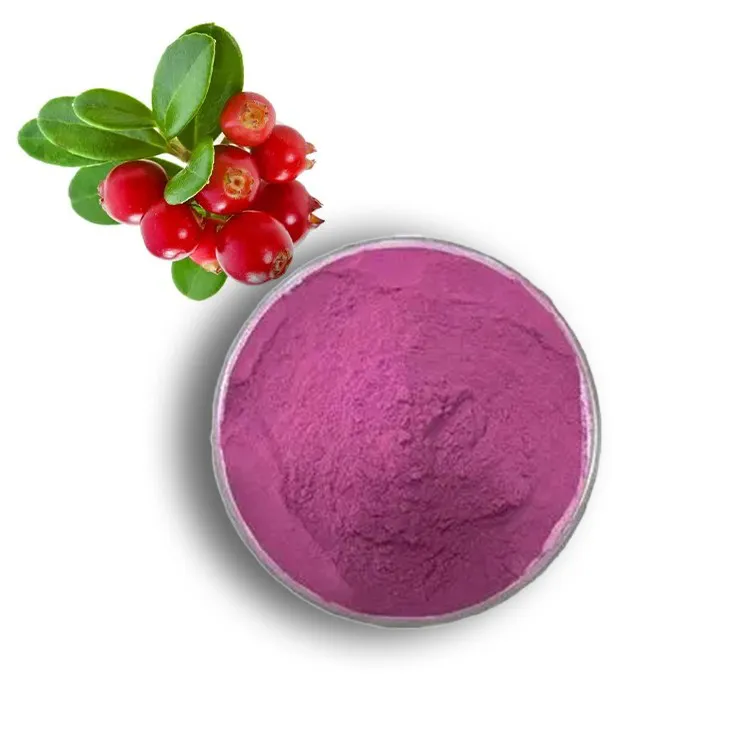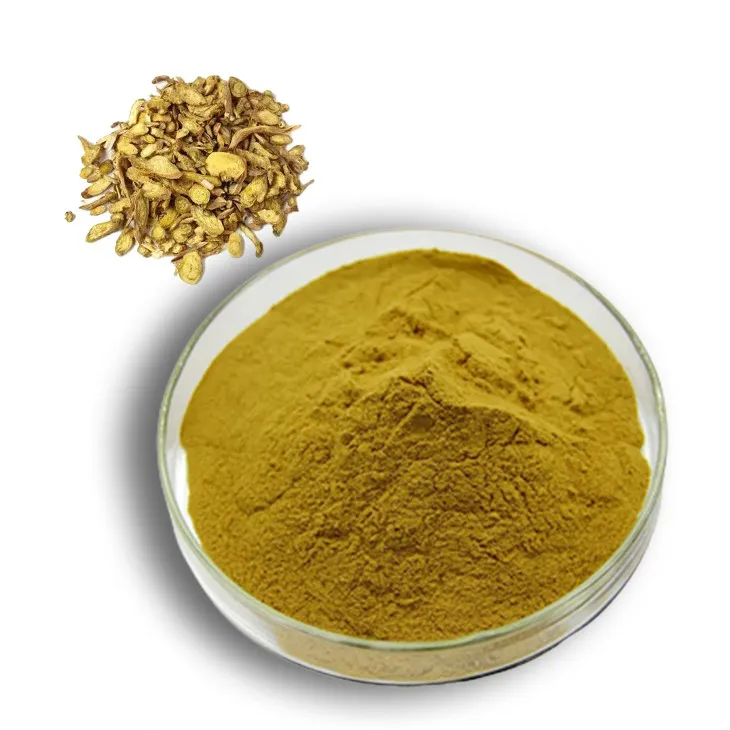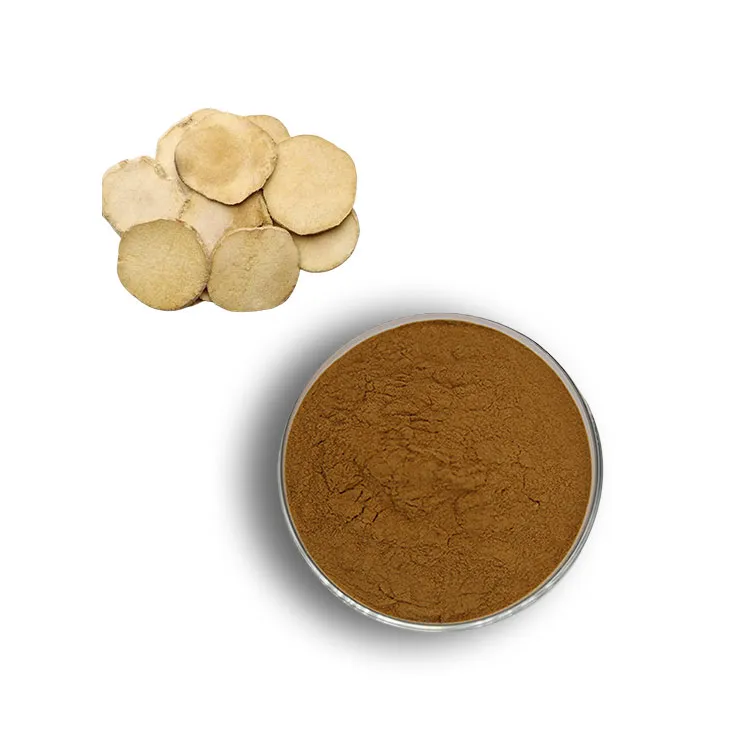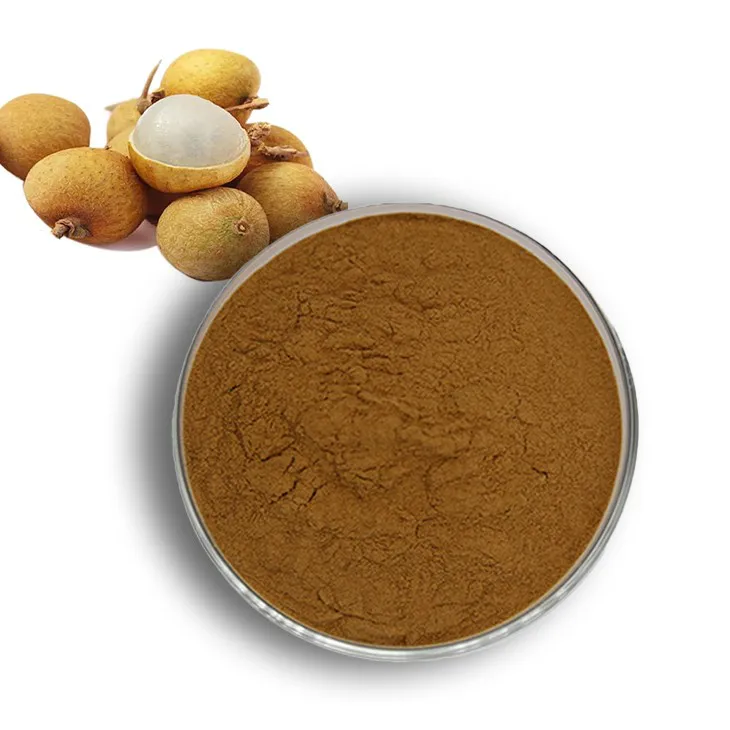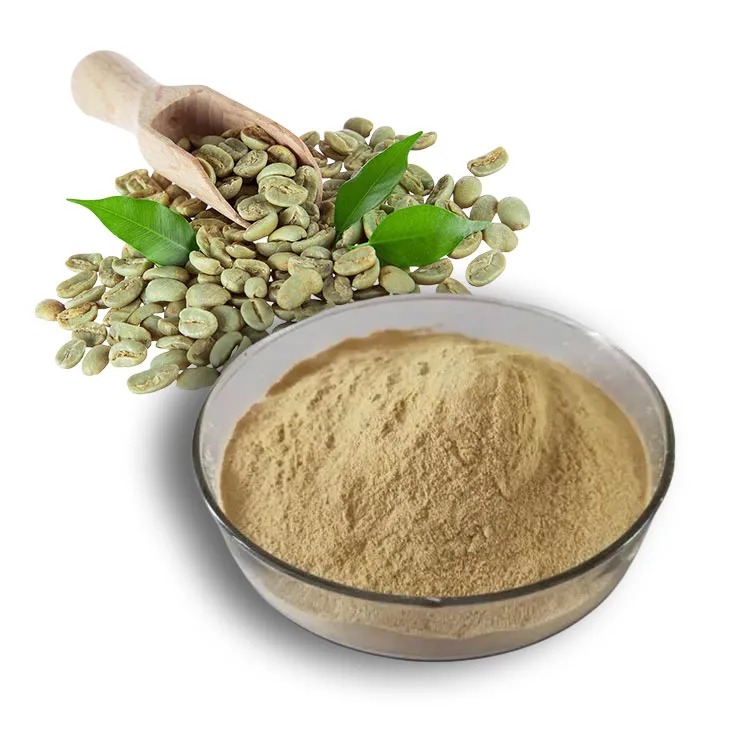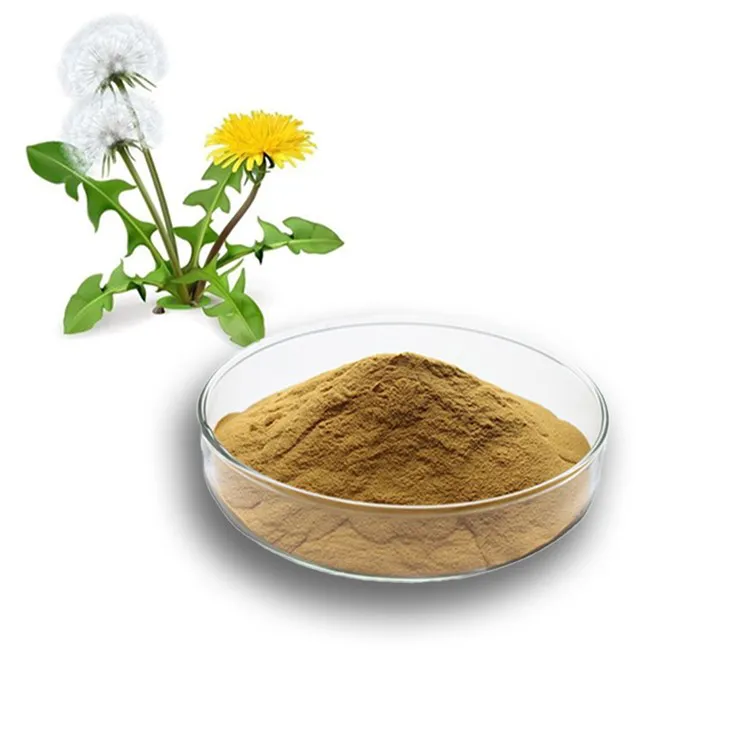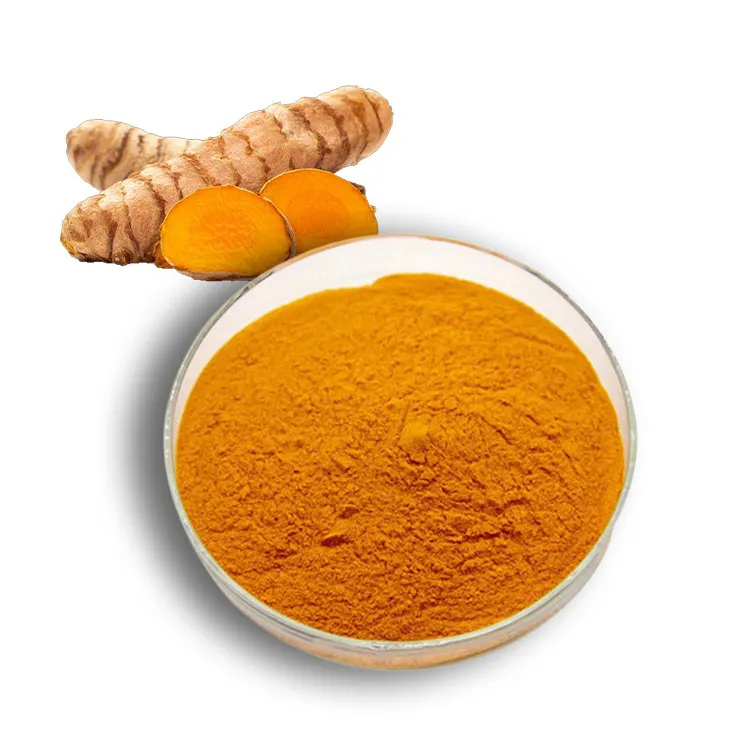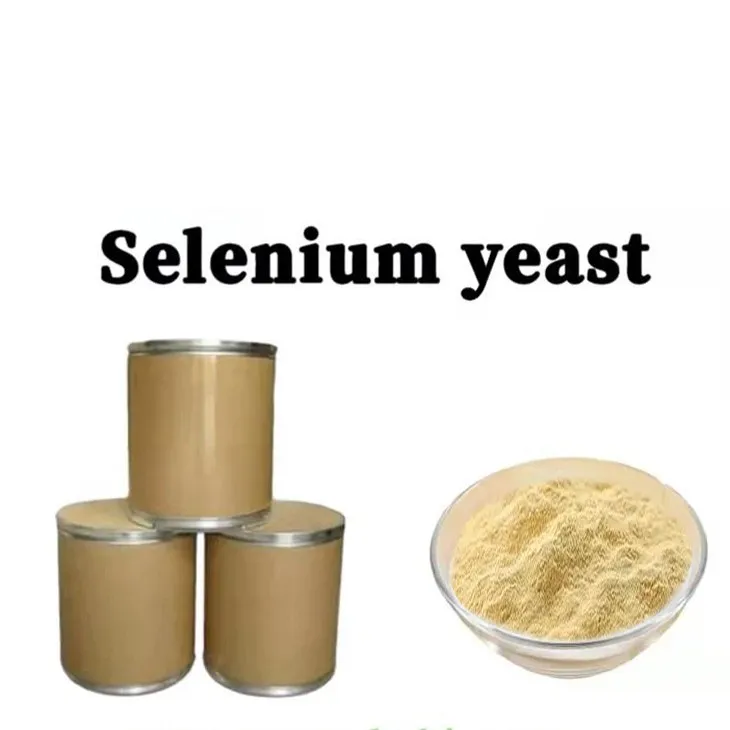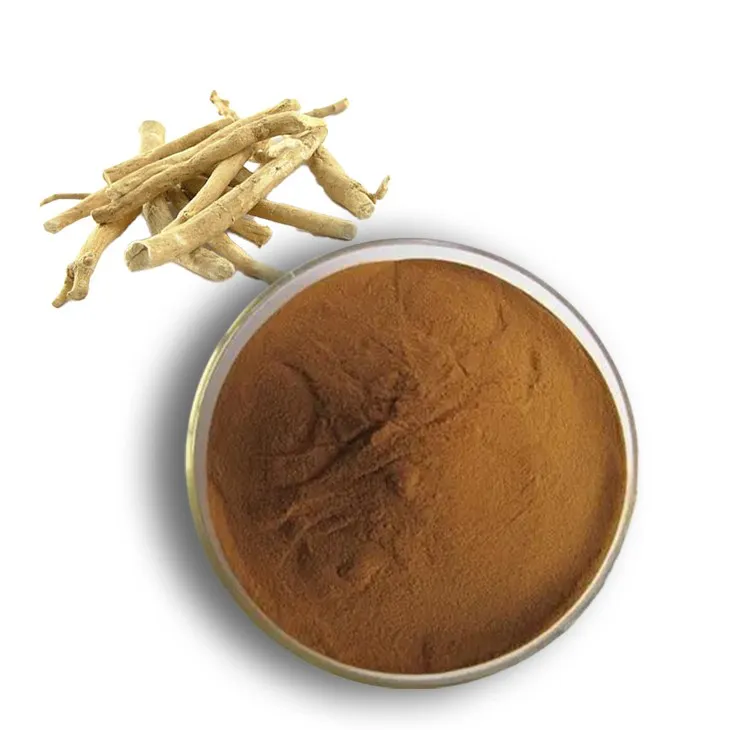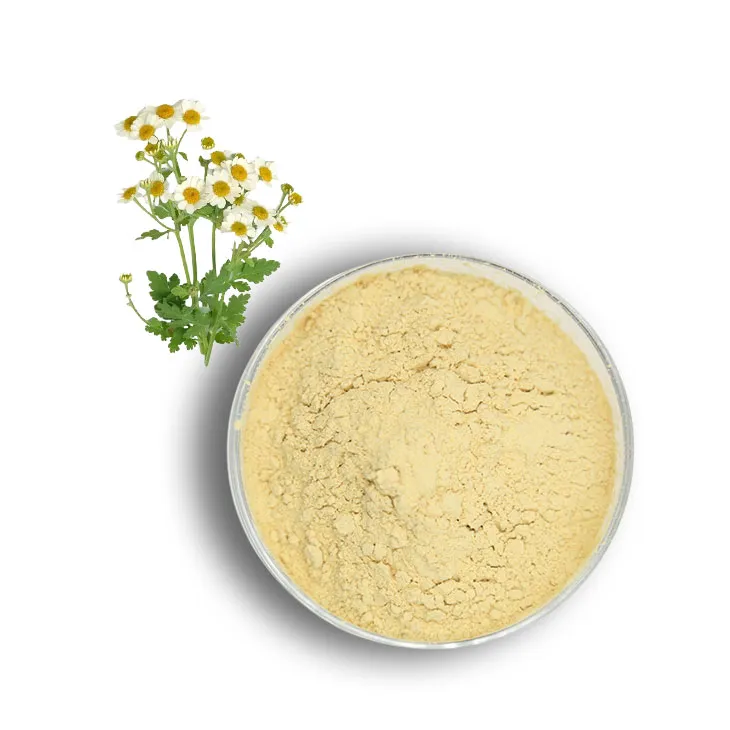- 0086-571-85302990
- sales@greenskybio.com
how much lycopene in tomato paste
2023-09-27
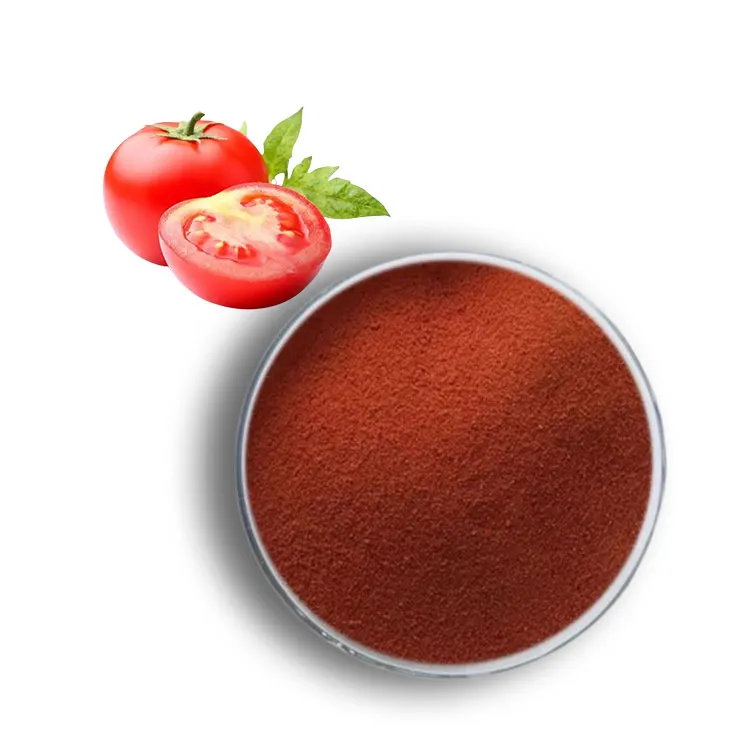
1. Importance of Lycopene in a Healthy Diet
1. Importance of Lycopene in a Healthy Diet
Lycopene is a powerful antioxidant and a carotenoid pigment that gives tomatoes, as well as other red fruits and vegetables, their vibrant color. It is a naturally occurring compound that has been linked to numerous health benefits, making it an essential component of a balanced and healthy diet.
Benefits of Lycopene
1. Heart Health: Lycopene has been shown to reduce the risk of heart disease by lowering bad cholesterol levels and preventing the oxidation of LDL cholesterol.
2. Cancer Prevention: Studies suggest that lycopene may help prevent certain types of cancer, including prostate, lung, and stomach cancer, due to its ability to neutralize free radicals.
3. Eye Health: Lycopene can help protect against age-related macular degeneration and cataracts, maintaining good vision as we age.
4. Skin Protection: It acts as a natural sunscreen, protecting the skin from harmful UV radiation and reducing the risk of skin damage and skin cancer.
5. Anti-Inflammatory Properties: Lycopene can help reduce inflammation in the body, which is linked to various chronic diseases.
Incorporating Lycopene into Your Diet
To maximize the benefits of lycopene, it's important to include lycopene-rich foods in your diet. Tomatoes and tomato-based products are among the best sources, but other sources include watermelon, pink grapefruit, guava, and red carrots.
Cooking and Lycopene
Interestingly, cooking tomatoes and tomato-based products can increase the bioavailability of lycopene. This is because heat helps break down the cell walls of the tomatoes, making it easier for the body to absorb the lycopene.
Conclusion
Incorporating lycopene into your diet is a smart move for anyone looking to improve their overall health and well-being. As a potent antioxidant with a range of health benefits, lycopene should not be overlooked in a balanced diet. By understanding its importance and finding creative ways to include it in your meals, you can take a step towards a healthier lifestyle.
2. Tomato Paste as a Source of Lycopene
2. Tomato Paste as a Source of Lycopene
Tomato paste is a concentrated form of tomatoes that has been cooked down and reduced to a thick, puree-like consistency. It is a staple ingredient in many culinary dishes around the world, from pasta sauces to stews and soups. What makes tomato paste particularly noteworthy is its high lycopene content.
Lycopene is a powerful antioxidant that belongs to the carotenoid family, which is responsible for the red color in tomatoes and other fruits and vegetables. This nutrient is known for its ability to protect the body from oxidative stress and inflammation, which can lead to various health issues including heart disease and certain types of cancer.
The process of making tomato paste involves cooking tomatoes at high temperatures, which helps to break down the cell walls of the fruit. This breakdown makes it easier for the body to access and absorb lycopene. Additionally, the concentration of lycopene in tomato paste is significantly higher than in fresh tomatoes due to the reduction process. This means that even a small amount of tomato paste can provide a substantial dose of lycopene.
Moreover, tomato paste is versatile and can be easily incorporated into a variety of dishes, making it a convenient way to boost lycopene intake. It can be used in both savory and sweet recipes, allowing for a wide range of culinary applications.
In summary, tomato paste is an excellent source of lycopene due to its concentrated form and the cooking process that enhances lycopene's bioavailability. By incorporating tomato paste into your diet, you can significantly increase your intake of this beneficial nutrient, contributing to a healthier lifestyle.
3. Lycopene Content in Tomato Paste: Factors Affecting It
3. Lycopene Content in Tomato Paste: Factors Affecting It
The lycopene content in tomato paste can vary significantly due to several factors, which can influence the overall health benefits derived from its consumption. Understanding these factors can help consumers make informed choices about the tomato paste they purchase and how they use it in their cooking.
A. Cultivation and Variety of Tomatoes
The type of tomato used in the production of tomato paste plays a crucial role in determining its lycopene content. Different tomato varieties have different levels of lycopene, with some being naturally higher in this nutrient than others. Heirloom tomatoes, for example, are often richer in lycopene compared to conventionally grown tomatoes.
B. Harvesting Time
The time at which tomatoes are harvested can also affect their lycopene levels. Tomatoes that are allowed to ripen fully on the vine tend to have higher concentrations of lycopene than those harvested before they are fully ripe. Ripening is a process that enhances the development of lycopene and other beneficial compounds.
C. Processing Methods
The way tomato paste is processed can impact its lycopene content. High-temperature processing can degrade some of the lycopene, while cold processing or minimal processing can help preserve higher levels. Additionally, the use of skin and seeds in the paste, which are rich in lycopene, can increase its overall content.
D. Storage Conditions
Proper storage is essential to maintain the lycopene content in tomato paste. Exposure to light, heat, and oxygen can degrade lycopene over time. Storing tomato paste in a cool, dark place and using air-tight containers can help preserve its lycopene levels.
E. Cooking Methods
Cooking tomato paste can have both positive and negative effects on its lycopene content. On one hand, cooking can break down cell walls, making lycopene more bioavailable. On the other hand, high heat can lead to some loss of lycopene. Using tomato paste in recipes that involve lower cooking temperatures and shorter cooking times can help maximize lycopene retention.
F. Presence of Oil
Lycopene is a fat-soluble nutrient, meaning its absorption can be enhanced when consumed with a source of healthy fats. Adding a small amount of oil to dishes that use tomato paste can improve the bioavailability of lycopene, allowing the body to absorb and utilize more of this beneficial compound.
In conclusion, the lycopene content in tomato paste is influenced by a variety of factors, from the type of tomato and its cultivation to processing methods, storage conditions, and cooking techniques. By being mindful of these factors, consumers can ensure they are getting the most lycopene possible from their tomato paste, supporting a healthy diet and reaping the associated health benefits.
4. How to Maximize Lycopene Absorption from Tomato Paste
4. How to Maximize Lycopene Absorption from Tomato Paste
To ensure that you are getting the most out of the lycopene in tomato paste, there are several strategies you can employ to maximize its absorption:
4.1 Cooking Tomato Paste
Lycopene is more bioavailable when tomatoes are cooked. Heating helps break down the cell walls of the tomato, making it easier for your body to access and absorb the lycopene. Therefore, using tomato paste in cooked dishes can enhance lycopene absorption.
4.2 Using Olive Oil
Pairing tomato paste with a healthy fat source, such as olive oil, can significantly improve lycopene absorption. The fat in olive oil helps to dissolve lycopene, making it more readily absorbed by your body. Try drizzling some olive oil over dishes that use tomato paste or using it in salad dressings.
4.3 Incorporating into Dishes with Acidic Components
Lycopene is better absorbed in the presence of an acidic environment. Including ingredients like lemon juice or vinegar in dishes that use tomato paste can help to create this environment and facilitate absorption.
4.4 Using Tomato Paste in Diverse Recipes
Integrating tomato paste into a variety of recipes can help you consume more lycopene-rich foods. From pasta sauces to stews and soups, the versatility of tomato paste allows you to incorporate it into many meals, ensuring a consistent intake of lycopene.
4.5 Choosing High-Quality Tomato Paste
Not all tomato pastes are created equal. Look for high-quality tomato paste with a rich, concentrated tomato flavor. This often indicates a higher lycopene content. Reading labels and choosing products with fewer additives can also help ensure you are getting the most lycopene possible.
4.6 Consuming with Other Antioxidants
Combining tomato paste with other antioxidant-rich foods can enhance the overall health benefits of your meal. Foods rich in vitamin C, such as bell peppers or broccoli, can work synergistically with lycopene to provide a more comprehensive antioxidant effect.
4.7 Regular Intake
Incorporate tomato paste into your diet regularly to maintain a consistent level of lycopene intake. Regular consumption is key to reaping the long-term health benefits associated with lycopene.
By following these strategies, you can maximize the absorption of lycopene from tomato paste and enjoy the full range of health benefits that this powerful antioxidant has to offer.
5. Health Benefits of Lycopene from Tomato Paste
5. Health Benefits of Lycopene from Tomato Paste
Lycopene, a potent antioxidant found in tomato paste and other red fruits and vegetables, offers a myriad of health benefits that contribute to overall well-being. Here are some of the key advantages of lycopene from tomato paste:
1. Cardiovascular Health: Lycopene has been linked to a reduced risk of heart disease. Its antioxidant properties help combat free radicals that can damage blood vessels and contribute to atherosclerosis, a condition that narrows the arteries and can lead to heart attacks and strokes.
2. Anti-Cancer Properties: Research suggests that lycopene may play a role in preventing certain types of cancer, particularly prostate, lung, and stomach cancers. The antioxidant activity of lycopene can neutralize harmful free radicals that can lead to DNA damage and cancer cell growth.
3. Skin Health: Lycopene's antioxidant capabilities also extend to skin health, protecting it from harmful UV radiation and reducing the risk of skin damage and skin cancer. It can also help reduce inflammation and improve skin hydration.
4. Bone Health: Studies have indicated that lycopene may help maintain bone health by supporting bone mineral density. This can be particularly beneficial in preventing osteoporosis and other bone-related conditions.
5. Eye Health: Lycopene is also beneficial for eye health, as it can help protect against age-related macular degeneration and cataracts. Its antioxidant action can shield the sensitive tissues of the eyes from oxidative stress.
6. Anti-Inflammatory Effects: Lycopene has anti-inflammatory properties that can help reduce inflammation throughout the body. This can be particularly helpful for individuals with chronic inflammatory conditions such as arthritis.
7. Immune System Support: A strong immune system is crucial for fighting off infections and diseases. Lycopene can support immune function by enhancing the activity of immune cells and reducing inflammation.
8. Improved Brain Function: Some research suggests that lycopene may have neuroprotective effects, potentially reducing the risk of neurodegenerative diseases such as Alzheimer's and Parkinson's.
9. Enhanced Fertility: Lycopene has been found to improve sperm quality and quantity in men, which can contribute to better fertility outcomes.
10. Anti-Aging Effects: The antioxidant properties of lycopene can help slow down the aging process by protecting cells from oxidative damage, which is a primary cause of aging.
Incorporating tomato paste into your diet is a simple and effective way to harness the health benefits of lycopene. Whether used as a base for sauces, soups, or stews, or as an ingredient in various dishes, tomato paste can be a nutritious and flavorful addition to your meals. By choosing high-quality tomato paste and preparing it in ways that maximize lycopene absorption, you can enjoy the full spectrum of health benefits that this powerful antioxidant provides.
6. Conclusion and Recommendations
6. Conclusion and Recommendations
Lycopene, a potent antioxidant and phytochemical, plays a crucial role in maintaining a healthy diet and promoting overall well-being. Tomato paste, a concentrated form of tomatoes, stands out as an excellent source of this beneficial compound. Given the numerous health benefits associated with lycopene, incorporating tomato paste into your diet can be a wise choice for those looking to enhance their intake of this nutrient.
Several factors can influence the lycopene content in tomato paste, including the variety of tomato used, the ripeness of the fruit, processing methods, and storage conditions. To ensure you are getting the most out of your tomato paste, it is essential to choose high-quality products and store them properly.
Maximizing lycopene absorption from tomato paste can be achieved through various cooking techniques and dietary practices. Cooking tomato paste with a small amount of oil, for instance, can help improve the bioavailability of lycopene, allowing your body to absorb more of this nutrient. Additionally, consuming tomato paste with other foods rich in healthy fats can further enhance its absorption.
The health benefits of lycopene from tomato paste are vast, ranging from its antioxidant properties that help combat free radicals to its potential role in reducing the risk of chronic diseases such as heart disease and certain types of cancer. Moreover, lycopene has been linked to improved skin health, bone health, and even cognitive function.
In conclusion, tomato paste is a valuable addition to a healthy diet due to its high lycopene content and the numerous health benefits associated with this nutrient. To make the most of tomato paste's nutritional offerings, consider the following recommendations:
1. Choose high-quality tomato paste made from ripe, vine-ripened tomatoes.
2. Store tomato paste in a cool, dark place to preserve its lycopene content.
3. Cook tomato paste with a small amount of healthy oil to enhance lycopene absorption.
4. Pair tomato paste with other foods rich in healthy fats, such as avocado or nuts, to further improve its bioavailability.
5. Incorporate tomato paste into a variety of dishes, from sauces and soups to baked goods, to increase your lycopene intake in a delicious and satisfying way.
By following these recommendations, you can enjoy the many health benefits of lycopene from tomato paste and contribute to a balanced and nutritious diet.
- ▶ Hesperidin
- ▶ Citrus Bioflavonoids
- ▶ Plant Extract
- ▶ lycopene
- ▶ Diosmin
- ▶ Grape seed extract
- ▶ Sea buckthorn Juice Powder
- ▶ Fruit Juice Powder
- ▶ Hops Extract
- ▶ Artichoke Extract
- ▶ Mushroom extract
- ▶ Astaxanthin
- ▶ Green Tea Extract
- ▶ Curcumin
- ▶ Horse Chestnut Extract
- ▶ Other Product
- ▶ Boswellia Serrata Extract
- ▶ Resveratrol
- ▶ Marigold Extract
- ▶ Grape Leaf Extract
- ▶ New Product
- ▶ Aminolevulinic acid
- ▶ Cranberry Extract
- ▶ Red Yeast Rice
- ▶ Red Wine Extract
-
Europen Bilberry Extract
2023-09-27
-
Scutellaria Extract
2023-09-27
-
Alisma Extract
2023-09-27
-
Longan Extract
2023-09-27
-
Green coffee bean Extract
2023-09-27
-
Dandelion Leaf Extract
2023-09-27
-
Curcumin
2023-09-27
-
Selenium yeast
2023-09-27
-
Withania Somnifera Extract
2023-09-27
-
Feverfew Extract
2023-09-27











